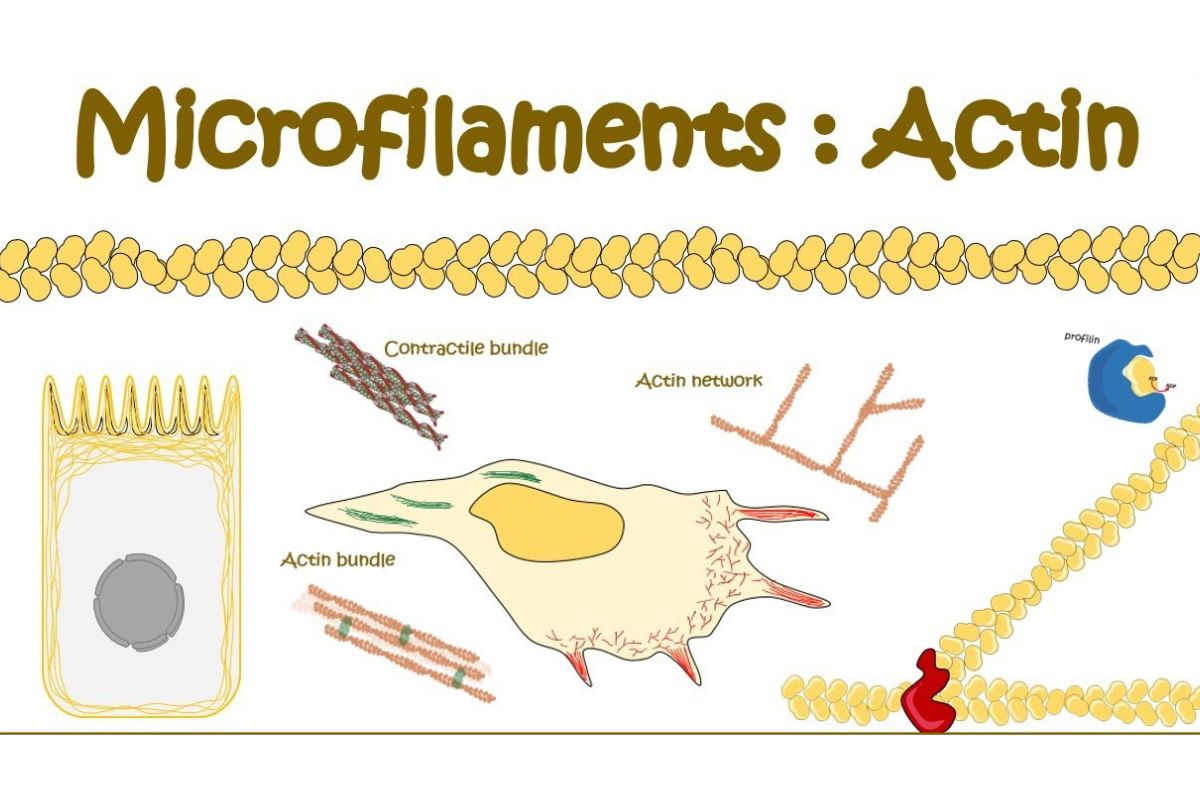
Actin polymerization is a crucial process in cell biology, playing a key role in cell movement, shape, and division. But what exactly is it? Actin polymerization refers to the assembly of actin monomers into long, thin filaments. These filaments are essential for various cellular functions, including muscle contraction, cell motility, and maintaining cell structure. Understanding this process can help us grasp how cells interact with their environment and respond to different stimuli. Whether you're a student, a researcher, or just curious, these 27 facts will give you a deeper insight into the fascinating world of actin polymerization.
What is Actin Polymerization?
Actin polymerization is a fundamental process in cell biology. It involves the assembly of actin monomers into long, thin filaments. These filaments play a crucial role in various cellular activities, including movement, division, and maintaining cell shape.
- Actin is a protein found in all eukaryotic cells.
- Actin monomers are called G-actin (globular actin).
- When G-actin assembles into filaments, it becomes F-actin (filamentous actin).
- Actin filaments are polar, with a plus (+) end and a minus (-) end.
- The plus end grows faster than the minus end.
- ATP binding is essential for actin polymerization.
- Actin filaments can rapidly assemble and disassemble.
- Actin polymerization is regulated by actin-binding proteins.
- Profilin promotes the addition of actin monomers to the growing filament.
- Cofilin binds to ADP-actin filaments, promoting their disassembly.
The Role of Actin Polymerization in Cell Movement
Cell movement, or motility, is a complex process that relies heavily on actin polymerization. This process allows cells to move towards nutrients, escape harmful environments, and perform other essential functions.
- Actin polymerization drives the formation of cellular protrusions like lamellipodia and filopodia.
- Lamellipodia are broad, sheet-like extensions of the cell membrane.
- Filopodia are slender, finger-like projections.
- Actin polymerization at the leading edge of the cell pushes the membrane forward.
- Myosin motor proteins interact with actin filaments to generate contractile forces.
- Actin polymerization is crucial for wound healing, as it enables cells to migrate to the injury site.
- Cancer cells exploit actin polymerization to invade surrounding tissues and metastasize.
Actin Polymerization in Cell Division
During cell division, actin polymerization plays a vital role in ensuring that cells divide correctly and efficiently. This process is particularly important during cytokinesis, the final stage of cell division.
- Actin filaments form a contractile ring during cytokinesis.
- The contractile ring pinches the cell membrane to separate the daughter cells.
- Actin polymerization is regulated by the Rho family of GTPases during cell division.
- Formins are proteins that nucleate the formation of new actin filaments during cytokinesis.
- Actin polymerization is also involved in the formation of the mitotic spindle, which segregates chromosomes.
Actin Polymerization in Maintaining Cell Shape
The shape of a cell is maintained by its cytoskeleton, a network of protein filaments that includes actin filaments. Actin polymerization is essential for maintaining and altering cell shape.
- Actin filaments provide structural support to the cell membrane.
- The actin cortex, a dense network of actin filaments beneath the cell membrane, helps maintain cell shape.
- Actin polymerization allows cells to change shape in response to environmental cues.
- Actin filaments are involved in the formation of microvilli, which increase the surface area of cells for absorption.
- Actin polymerization is crucial for the formation of cell-cell junctions, which help maintain tissue integrity.
The Final Word on Actin Polymerization
Actin polymerization is a fascinating process that plays a crucial role in cell movement, structure, and function. Understanding this process can help scientists develop new treatments for diseases, improve wound healing, and even advance cancer research. From the formation of filaments to the regulation by various proteins, every step in actin polymerization is vital for cellular health.
Knowing these 27 facts gives you a solid foundation in the subject. Whether you're a student, researcher, or just curious, this knowledge can be a stepping stone to deeper exploration. Keep these key points in mind, and you'll have a better grasp of how cells work and why actin is so important.
So, next time you hear about cell movement or structure, you'll know just how crucial actin polymerization is to the whole process.
Was this page helpful?
Our commitment to delivering trustworthy and engaging content is at the heart of what we do. Each fact on our site is contributed by real users like you, bringing a wealth of diverse insights and information. To ensure the highest standards of accuracy and reliability, our dedicated editors meticulously review each submission. This process guarantees that the facts we share are not only fascinating but also credible. Trust in our commitment to quality and authenticity as you explore and learn with us.
